Athela Aamla in brine….winter is the time when most homes in my part of India have bottles full of aathela-aamla sitting on their kitchen counters… those sunshine yellow, ping-pong ball sized roundels kids just dunk their hands into the bottle and help themselves with a couple of them. Mothers always recommended having an Aamla after playing or while studying. During the season when we are prone to cough, cold and flu infections, Aamla a day is an absolute must…Chavanprash was/is an expensive affair hence we preferred sticking to the basics… this is the most thrifty and lip smacking way to make children enjoy Aamla, a local super food and store house of so many medicinal properties…
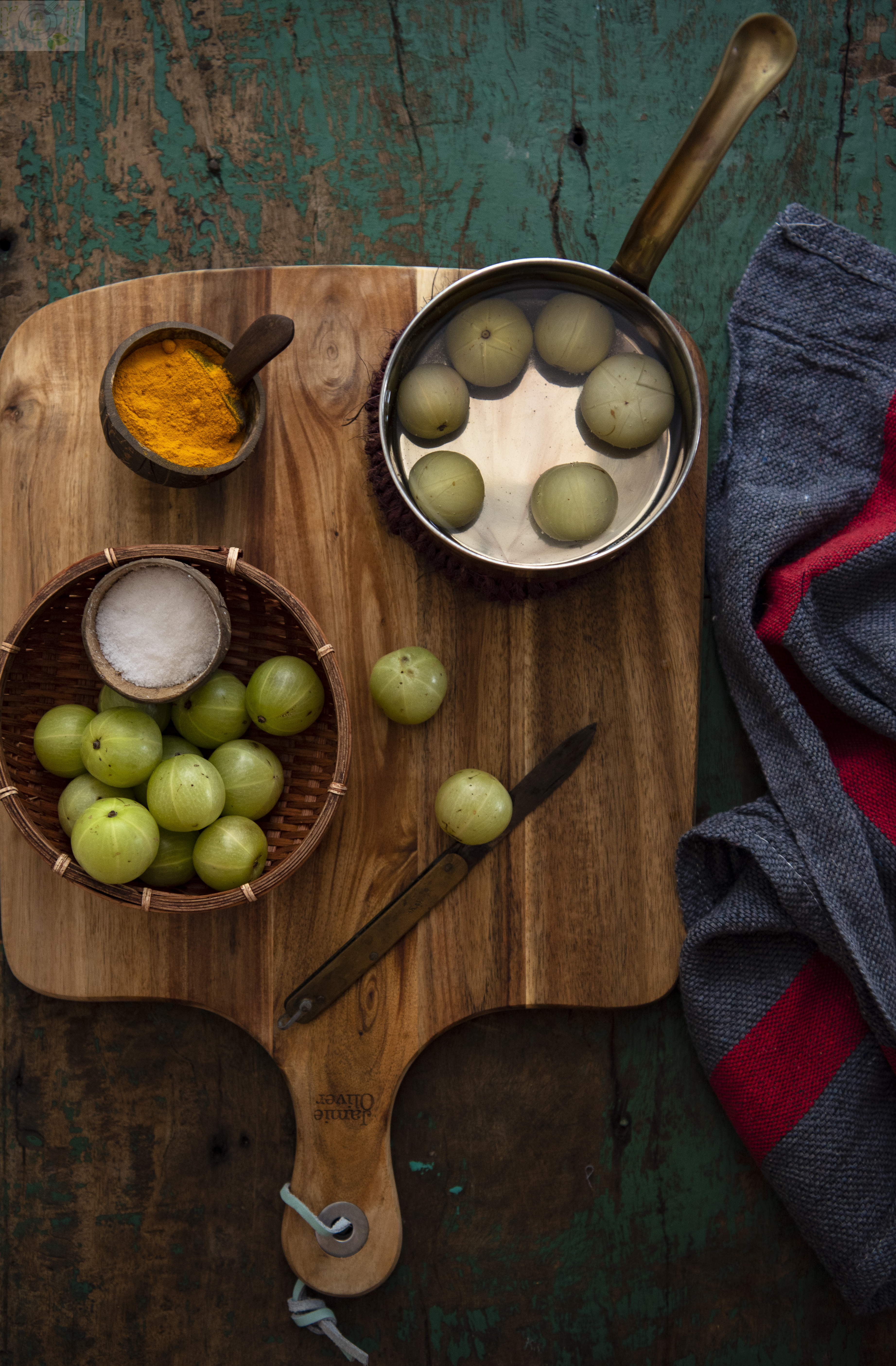
To help have you started a bottle of Athela Amla for the season, I thought of doing a blog post because of the requests I rececived to share the recipe. Actually there is no recipe involved here, its just a simple process of soaking Aamla in salted water.
On my request, the very dependable Sarika ( my younger brother’s wife, provider of many food videos I share here) shared the video on the process to Aathela Aamla.
To begin take a clean glass bottle, clean knife and select shiny and taut looking Aamla, wash and slit them on the longitude like marks visible on the amlas, heat water until bubbles appear at the bottom of the pan, take a clean jar add salt (salt is always more) and little turmeric to the jar, add hot water, stir well, drop the Aamla in the jar, adjust water level so that the aamla are under the water. Cover the lid tightly and keep away jar in kitchen corner away from sunlight. Aathela aamla should be ready in couple of days. Once you have eaten all of it throw the brine and begin afresh for the next batch. Start with 500 grams because if they remain in the brine for too many days they loose the crunch. After my previous post on Aamla pickling/fermenting, many of you asked for the process of making them.
Enjoy just as we eat raw mangoes. Hope this helps!!
No rocket science here just make sure the jar and water are clean so are the hands that scoop the Athela Aamla from the bottle (this is the most difficult requirement because kids seldom listen 😉).
❤️

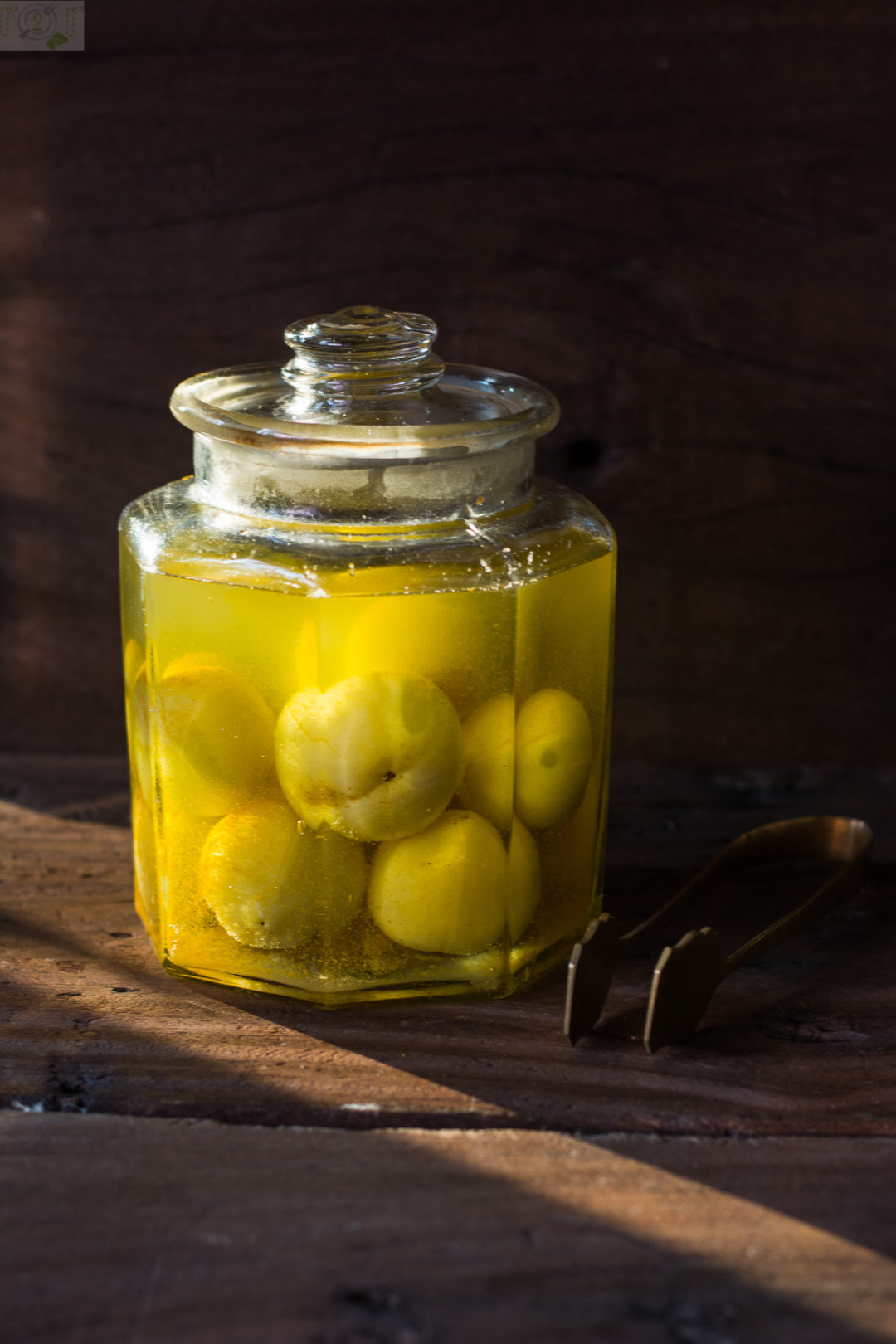

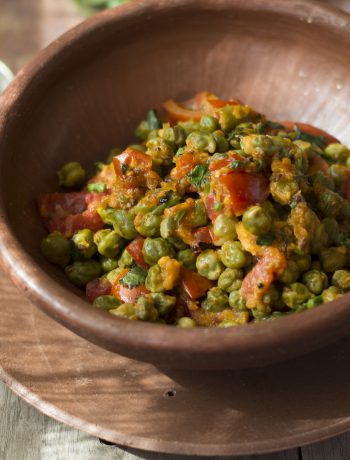
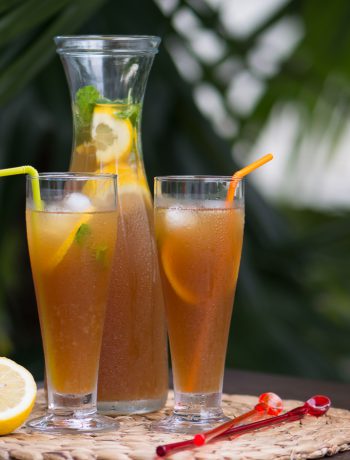
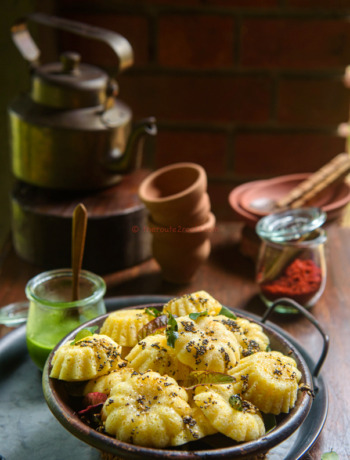
No Comments